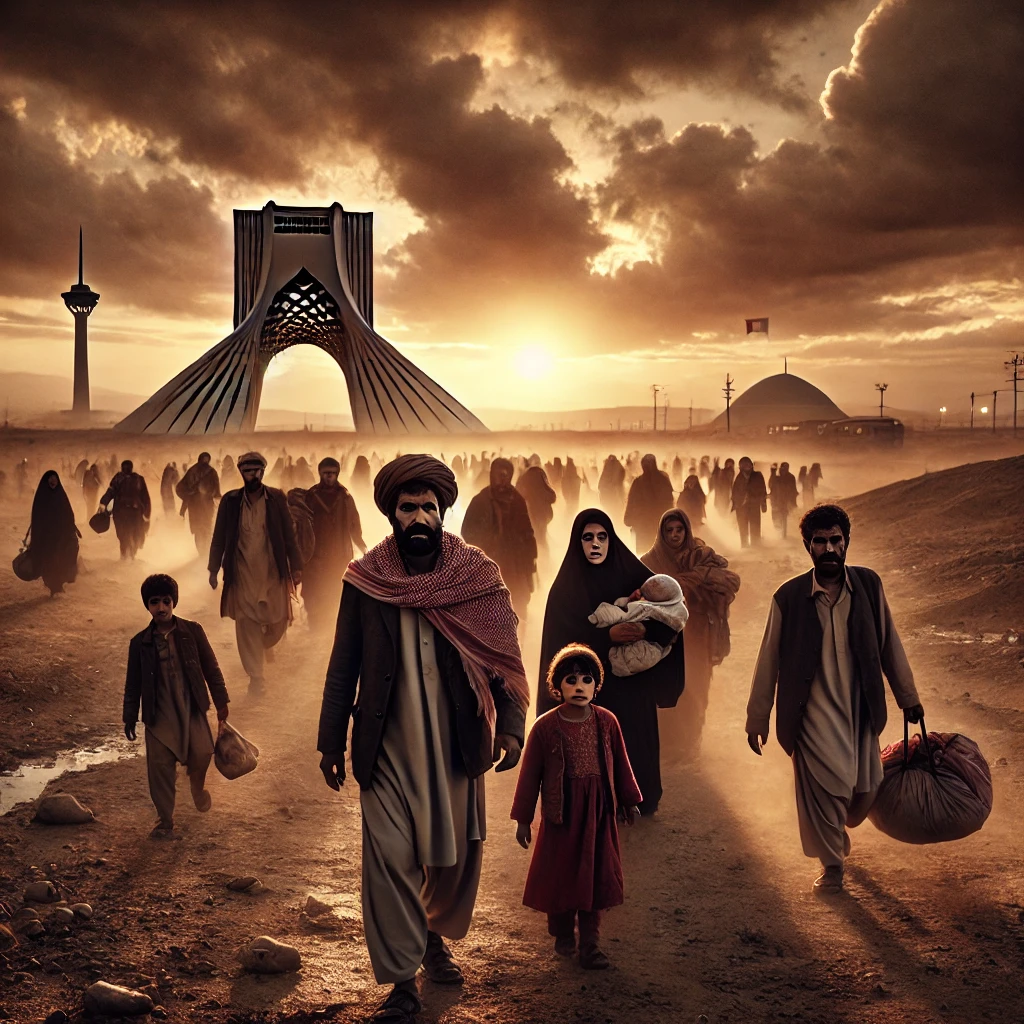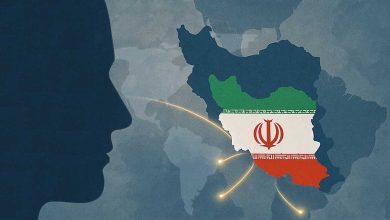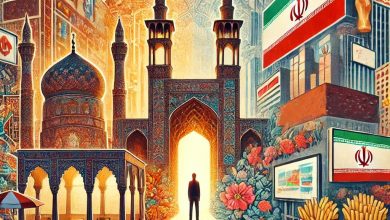Afghan Migrants: A Threat to Iran’s Future

The presence of several million Afghan migrants in Iran has persisted for years. While this presence has provided certain benefits—such as a cheap labor force for some industries—it has also brought about a range of security, political, cultural, and economic threats that could pose significant challenges to Iran’s national security in the future.
Given the situation in Afghanistan and the influence of groups like the Taliban and ISIS, one of the most serious security concerns is the potential infiltration of extremist elements among the migrant population. The history of certain terrorist incidents in Iran involving Afghan nationals underscores the urgent need for careful and strategic management of this issue. Reports indicate that a considerable share of crimes—such as theft, drug trafficking, and social unrest—in specific areas are attributed to Afghan nationals.
Additionally, the increasing population of Afghans in provinces like Razavi Khorasan, Qom, and Tehran raises the possibility of emerging ethnic identity movements and demands for special rights. In the long run, this could lead to social conflict and even separatist claims.
A key question is why the Iranian government has been unable to control its borders with Afghanistan, allowing illegal migrants to enter with relative ease. Several factors contribute to this, including the long and rugged border, which requires advanced technology and a large security force to monitor fully. Given Iran’s economic constraints and international sanctions, the government currently lacks the capacity for comprehensive surveillance. Furthermore, since the Taliban came to power, Iran has maintained sensitive diplomatic relations with the group. Some analysts argue that Iran’s lenient stance on Afghan migrants is part of a broader diplomatic strategy to preserve engagement with Afghanistan’s new rulers.
Moreover, certain economic interests—especially factory owners and construction sector employers—benefit from the availability of cheap Afghan labor. This reduces the motivation for strict border control. However, a more fundamental issue may lie in the internal disagreement among Iranian decision-making bodies on how to handle Afghan migration. While some advocate stricter enforcement, others, for religious, political, or economic reasons, believe the presence of Afghan migrants can be beneficial.
A particularly noteworthy concern is the high birth rate among Afghan migrants in Iran, especially when compared to the declining population growth rate of Iranians. Over time, this could alter the demographic composition of certain provinces. In the long term, this may weaken Iranian cultural identity and facilitate the spread of a different language and culture. The significant presence of Afghan students in Iranian schools not only burdens the educational system but may also result in identity and language-based tensions among students. Many Afghan families seek to preserve their language and culture, which could lead to cultural duality within Iran.
As mentioned, if the growth of the Afghan population in Iran—especially with a fertility rate higher than the national average—continues unchecked, it could result in major geo-social changes in the coming decades. Without firm control policies, Afghan communities may emerge in some provinces as large and influential groups capable of demanding new political and social rights.
Afghans in Iran primarily work in construction, agriculture, and other labor-intensive sectors. While many Iranians are reluctant to take on such jobs, during periods of economic stagnation, the widespread presence of foreign labor can limit employment opportunities for local workers and drive wages down. Furthermore, the remittances sent by Afghan migrants to their home country result in a significant outflow of foreign currency from Iran—a critical issue in light of sanctions and economic shortages. The broad access of migrants to subsidized fuel, bread, and healthcare also places additional strain on the government’s public expenditure.
Therefore, Iran must take steps to prevent illegal migration, enforce stricter border controls, and avoid granting citizenship without clear legal frameworks. It should also implement tougher residency laws for long-term Afghan migrants to mitigate future security, cultural, and economic challenges.






